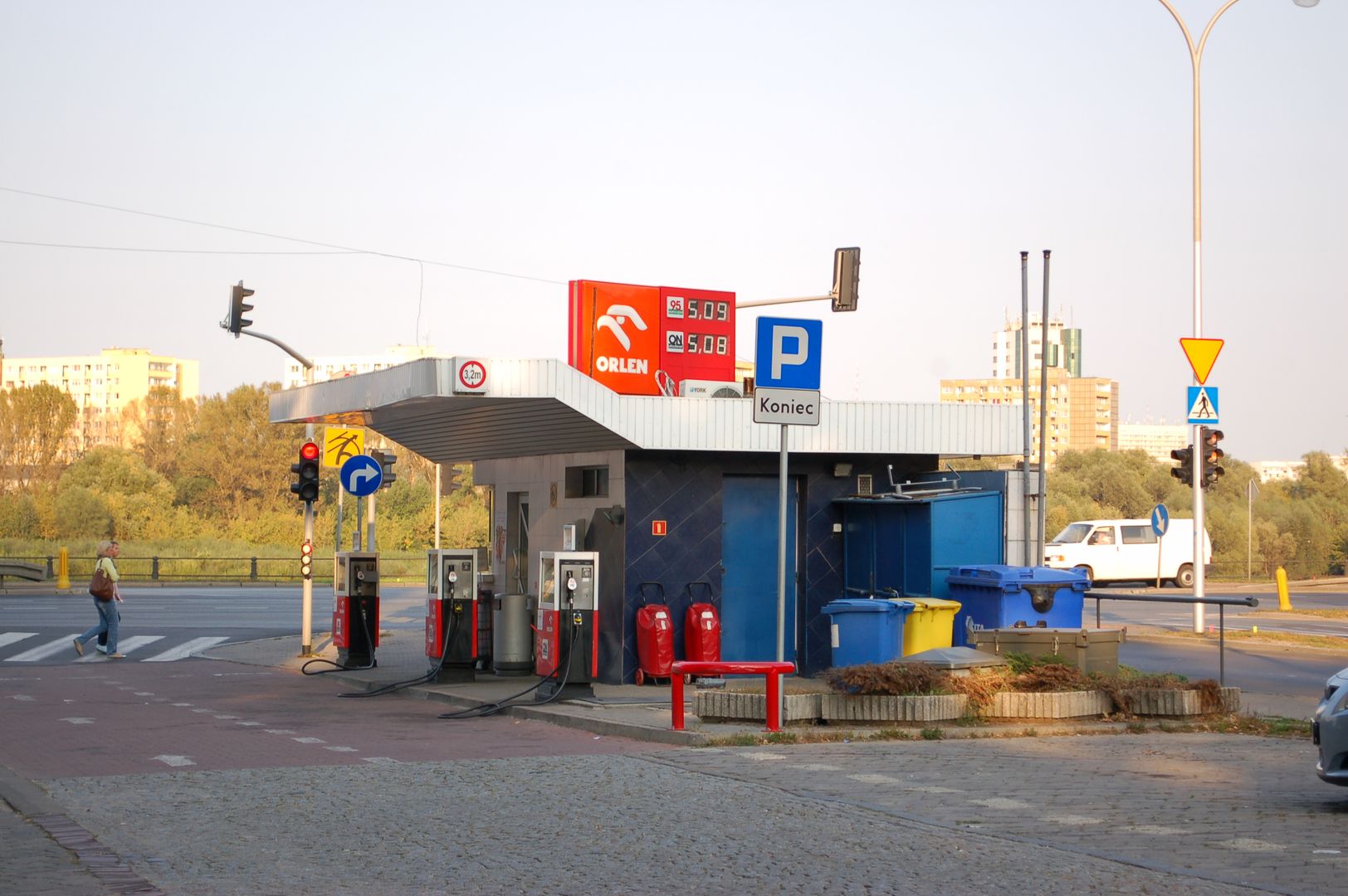Nowy Zjazd Street in Warsaw
6.78

Overview
Nowy Zjazd Street in Warsaw is a small, one-way street segment that forms part of the transport hub connecting Wisłostrada with the W-Z Route. Constructed between 1844 and 1846, it originally led to the Pancer Viaduct, designed by Feliks Pancer. The street was laid out after the demolition of the historic church and convent of the Bernardine Sisters, and new thoroughfares, including Nowy Zjazd, gained importance following the opening of the Kierbedź Bridge in 1864, making it a key link between downtown Warsaw and the Praga district. The street rose to greater prominence in 1907 when the viaduct was modernized for electric trams.
During World War II, in 1944, the Pancer Viaduct was destroyed by the Germans, and most of the street’s buildings did not survive, preventing the reconstruction of the even-numbered side of Nowy Zjazd. After the war, only the odd-numbered side remained, with the building at number 1 converted into the Provincial Dental Center. Architecturally, notable structures included landmarks such as Mikhail Zhdanovich’s steam bathhouse and the tall Binkowska tenement, which defined the area’s aesthetic. The street is also known for its cultural heritage; it was home to many professors of the University of Warsaw, and in 1944, it was the site of tragic events when the Germans executed residents of the Professors' House.
Today, despite the destruction, Nowy Zjazd remains a point of interest with a rich history and memories of pre-war Warsaw, featuring memorial plaques honoring the victims of World War II. Though small, the street holds significant importance in the context of Warsaw’s history, architecture, and culture.
Location
Tickets
Powered by GetYourGuide
2025 Wizytor | All Rights Reserved